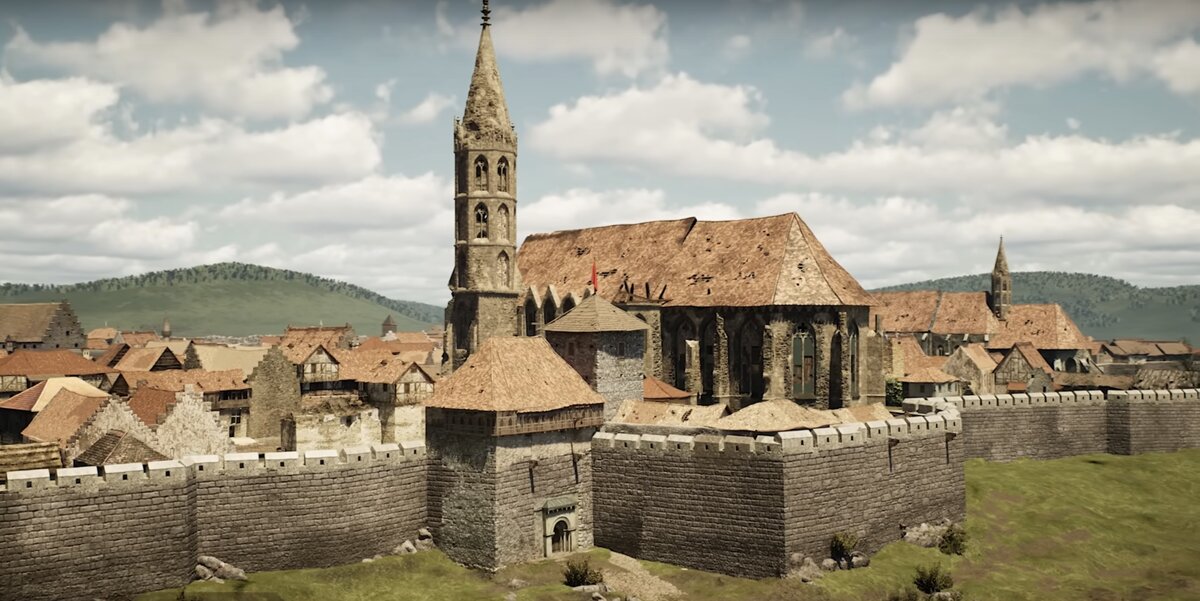New animation reveals what Buda looked like during the Turkish occupation – VIDEO

The Historical Animation Association (Történelmi Animációs Egyesület) has made animations of iconic locations’ past appearances. Now, they set to recreate the beauty of Castle Hill during the Turkish occupation.
Animation projects
Mandiner interviewed the president of the association, Tamás Baltavári about their animation projects. Last year, the association made an animation of Pest during the Turkish occupation, this year is Buda’s turn. During the few minutes of the animation, we get a glimpse of life during the Turkish occupation. Baltavári says:
During the four-year reconstruction of Tabán, Pest, Lower Town and Felhévizek we avoided the hot potato; the representation of the decaying Gothic of the Upper Town and the castle.
What was extremely challenging about this project was the fact that in most parts of the city, we can only find a few scattered traces of the Middle Ages. However, in the case of Castle Hill, the ruins, street layout and old descriptions give more support points. Therefore, a more accurate reconstruction can be achieved. Thanks to Google Earth, the members of the association were able to place every corner and arch exactly where it belongs.
Luckily, their animation projects do not stop here. Their ultimate goal is to recreate the capital in every significant era. The next part of this series is set to bring the Roman-era Aquincum to life.
Differences between Buda and Pest during the Turkish occupation
Pest and Buda were both surrounded by fortifications, though Pest’s defences were less substantial due to the threat of artillery from the Buda side. Pest’s significance during the Turkish occupation stemmed from its role as a Danube bridgehead and a stopping point for cattle drives. The city’s varied architecture reflected its diverse influences: Pest with its adobe houses, Tabán with Balkan-style buildings, the southern neighbourhoods with a Turkish feel and Castle Hill with its Gothic remnants. The mix of tin and tiled domes, along with tall minarets, highlighted Pest-Buda’s integration into the Eastern world.
The aim of the animation
According to Baltavári, the goal is not solely to reconstruct the architecture but also to capture the atmosphere of the time. They also aim to create a realistic and contemporary environment, furnishing interiors with period objects and filling the streets with life. They highlight small yet significant historical details, such as the bones of a primitive creature on the Vienna Gate, the only statue spared by the Turks. By showcasing these hidden details and curiosities, they convey a wealth of cultural and social history in our reconstruction.
Read also:
- Proud, mistrustful, belittling: this is how Romanians saw Hungarians in the past
- Prostitutes and secret clauses: 5+1 perplexing myths about the Treaty of Trianon
Source:





